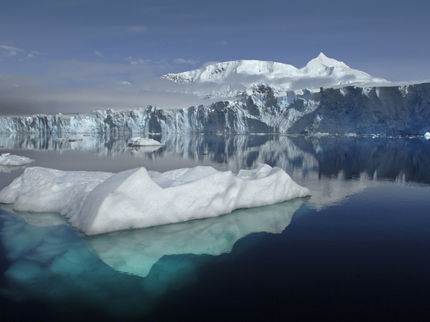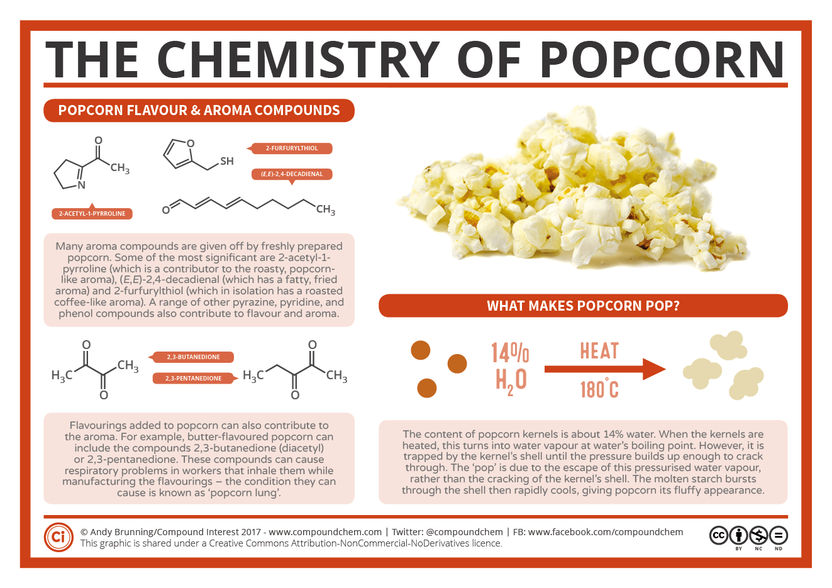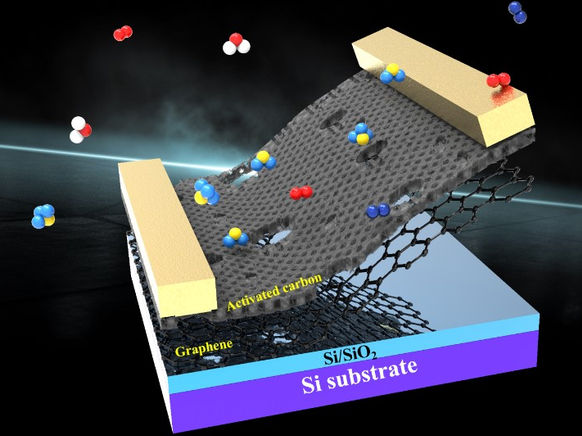New research sheds light on mercury pollution in estuaries, food chain
Two studies by Dartmouth researchers and their colleagues shed new light on mercury pollution in the waters of the northeastern United States.
Mercury, which is transformed into methylmercury in water, is a global pollutant that damages human health. Most people are exposed to mercury by eating fish, particularly from open ocean and coastal fisheries. All 50 states have had fish consumption advisories pertaining to mercury. Estuaries act as a repository for methylmercury, storing toxic particulates in both the sediment and water column.
The researchers studied the production of methylmercury over several years in different environmental conditions in sediments of two sites in Great Bay Estuary, N.H. They found that differences in the type of mixing of the sediments (due to worms versus mixing by water currents) and in the kinds and amounts of microorganisms affect the amount of methylmercury in the sediments.
"The availability of methylmercury to fish in estuarine systems is dependent on the amount of methylmercury that is produced in sediments, and these concentrations are highly dependent on the chemical and physical conditions of the sediments," says co- author Dartmouth's Celia Chen , a research professor of biological sciences and a project leader in Dartmouth's Toxic Metals Superfund Research Program. "The activity of organisms burrowing in the mud and the amount of mixing due to currents and waves affect the amount of methylmercury produced and available to marine organisms. These factors vary greatly even within ecosystems."
The researchers also studied methylmercury in sediments and the water column in coastal sites in the northeastern United States. They found there was no relationship between sediment methylmercury and water column methylmercury, which indicates the sediments aren't the only source of methylmercury to the water column. The findings suggest that upstream sources may be important, particularly in wetland dominated ecosystems, and that sediments aren't the only important source to coastal fish.
"Many earlier studies assumed that sediments were the most important source as this is the largest reservoir for methylmercury within an estuary," says co-author Robert Mason , professor of marine sciences at the University of Connecticut and co-investigator on this project. "But the transfer of methylmercury from the sediment to the water column is complex and is not strongly correlated to their net rate of formation of methylmercury."
"Our earlier studies show that water column concentrations are the most predictive of methylmercury concentrations in fish, and so the lack of a relationship to sediment is particularly important since contaminated sites are most often evaluated and remediated based on the mercury in sediments," Chen says.
Original publication
Lauren E. Brown, Celia Y. Chen, Mary A. Voytek, Aria Amirbahman; "The effect of sediment mixing on mercury dynamics in two intertidal mudflats at Great Bay Estuary, New Hampshire, USA"; Marine Chemistry; 2015
Prentiss H. Balcom, Amina T. Schartup, Robert P. Mason, Celia Y. Chen; "Sources of water column methylmercury across multiple estuaries in the Northeast U.S."; Marne Chemistry; 2015
Original publication
Lauren E. Brown, Celia Y. Chen, Mary A. Voytek, Aria Amirbahman; "The effect of sediment mixing on mercury dynamics in two intertidal mudflats at Great Bay Estuary, New Hampshire, USA"; Marine Chemistry; 2015
Prentiss H. Balcom, Amina T. Schartup, Robert P. Mason, Celia Y. Chen; "Sources of water column methylmercury across multiple estuaries in the Northeast U.S."; Marne Chemistry; 2015
Other news from the department science

Get the chemical industry in your inbox
By submitting this form you agree that LUMITOS AG will send you the newsletter(s) selected above by email. Your data will not be passed on to third parties. Your data will be stored and processed in accordance with our data protection regulations. LUMITOS may contact you by email for the purpose of advertising or market and opinion surveys. You can revoke your consent at any time without giving reasons to LUMITOS AG, Ernst-Augustin-Str. 2, 12489 Berlin, Germany or by e-mail at revoke@lumitos.com with effect for the future. In addition, each email contains a link to unsubscribe from the corresponding newsletter.





























































